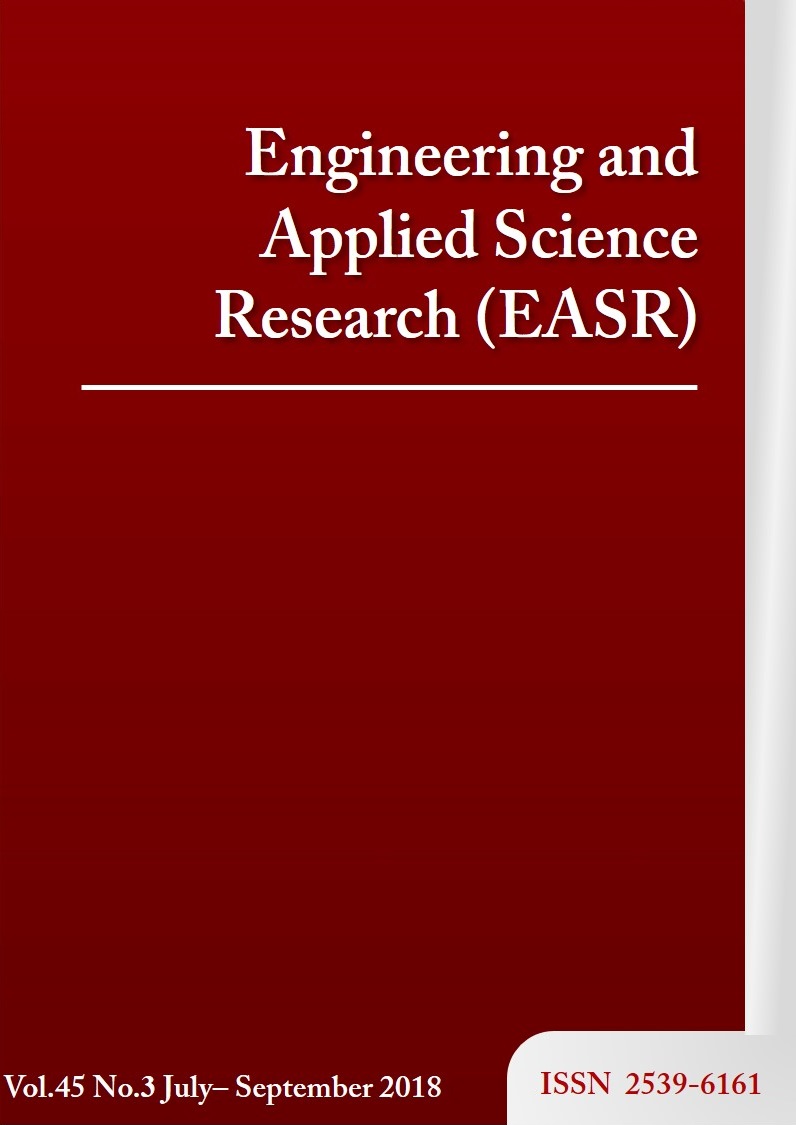The development of case-based learning for an antenna engineering course using folklore
Main Article Content
Abstract
Several subjects, including antenna engineering in a communication engineering program, is a math-intensive subject where most students say that it is difficult to understand and visualize. Students are unable to relate theoretical knowledge to real world applications. To overcome this issue, we proposed to motivate students’ curiosity using fun and interesting ways of teaching based on real cases in the community. In an antenna engineering course, there are folklores that performance of an antenna can be improved by attaching items such as basins to the antenna or using everyday objects as an antenna. Theoretical explanations have not been developed yet. In this research, we aim to propose the idea of using folklores as a case-based learning (CBL) exercise. Based on the process of CBL, a 15-week course plan starts with establishing the case in the first week, followed by weeks of theoretical study, lectures and group discussions. Group discussions on the case are established on the 5th and the 10th weeks to share the problems and the new findings. The results of the study are presented in the 15th week. Impressively, the pre-evaluating result shows that 97.5% of students who never attend an antenna engineering class were interested in joining the challenge. The proposed idea will be applied in an antenna engineering course for 4th year students in communication engineering, at the University of Phayao, in the first semester of the 2017 academic year in August 2017.
Article Details
This work is licensed under a Creative Commons Attribution-NonCommercial-NoDerivatives 4.0 International License.
References
Getting started with Active Learning [Internet]. [cited 2017 Aug 20]. Available from: https://www.cambridge-community.org.uk/professional-development/gswal/index.html
Bonney KM. Case Study Teaching Method Improves Student Performance and Perceptions of Learning Gains†. J Microbiol Biol Educ. 2015 May 1;16(1):21–8.
Lumori MLD, Kim EM. Engaging Students in Applied Electromagnetics at the University of San Diego. IEEE Trans Educ. 2010 Aug;53(3):419–29.
Bajwa H, Mulcahy-Ernt P. Redesigning teaching approaches for undergraduate engineering classrooms. In: IEEE 2nd Integrated STEM Education Conference. 2012. p. 1–4.
Crilly P. An innovative approach to teaching an undergraduate electromagnetics, antennas and propagation course. In: Proceedings of the 2014 Zone 1 Conference of the American Society for Engineering Education. 2014. p. 1–5.
Sahin C, Nguyen D, Begashaw S, Katz B, Chacko J, Henderson L, et al. Wireless communications engineering education via Augmented Reality. In: 2016 IEEE Frontiers in Education Conference (FIE). 2016. p. 1–7.
MythBusters [Internet]. Discovery. [cited 2017 Aug 20]. Available from: https://www.discovery.com/tv-shows/mythbusters/
MythBusters. In: Wikipedia [Internet]. 2017. Available from: https://en.wikipedia.org/w/index.php?title=MythBusters&oldid=795147415
Courtney N, Poulsen C, Stylios C. Case Based Teaching and Learning for the 21st Century. Libri Publishing; 2015. 313 p.
หนุ่มไฟฟ้าไอเดียเจ๋ง ใช้ที่ชาร์จแบตแทนหนวดกุ้ง - VoiceTV [Internet]. [cited 2017 Aug 20]. Available from: https://news.voicetv.co.th/thailand/41602.html
“ จีสตริงแกรมปี้ ” ไม่ง้อจานดาวเทียม-เสาหนวดกุ้ง นายช่างไฟฟ้าโคราชปิ๊ง! ใช้ที่ชาร์จมือถือรับสัญญาณชมบอลยูโร [Internet]. [cited 2017 Aug 20]. Available from: http://www.photoontour.com/Misc_HTML/news/page/158.htm
ฟุตบอลยูโร2012 [Internet]. [cited 2017 Aug 20]. Available from: http://www.satanswer.com/site/forums/index.php?topic=3885.0
World Economic Forum. The Future of Jobs: Employment, Skills and Workforce Strategy for the Fourth Industrial Revolution. 2016 Jan. (Global Challenge Insight Report).



